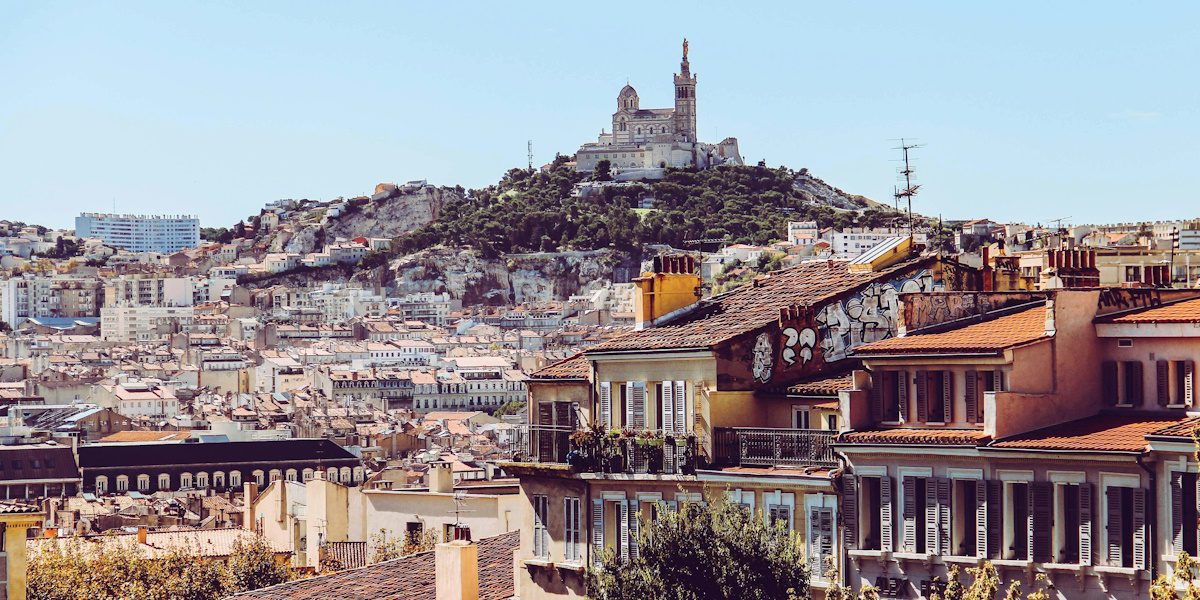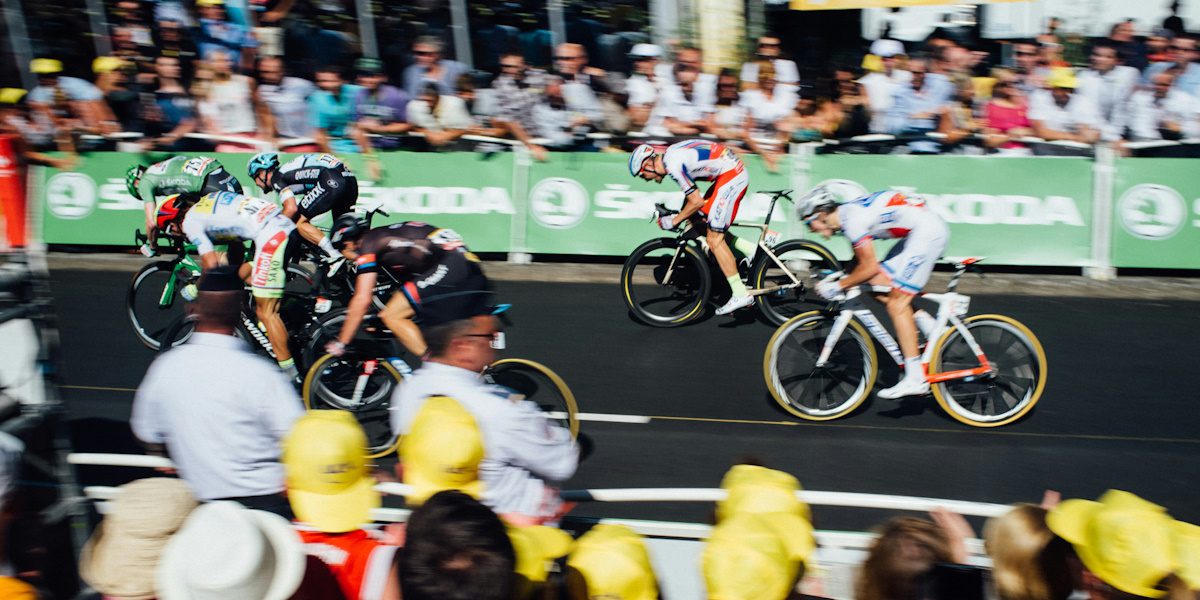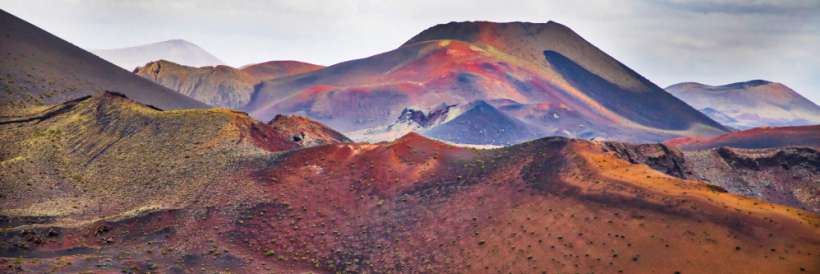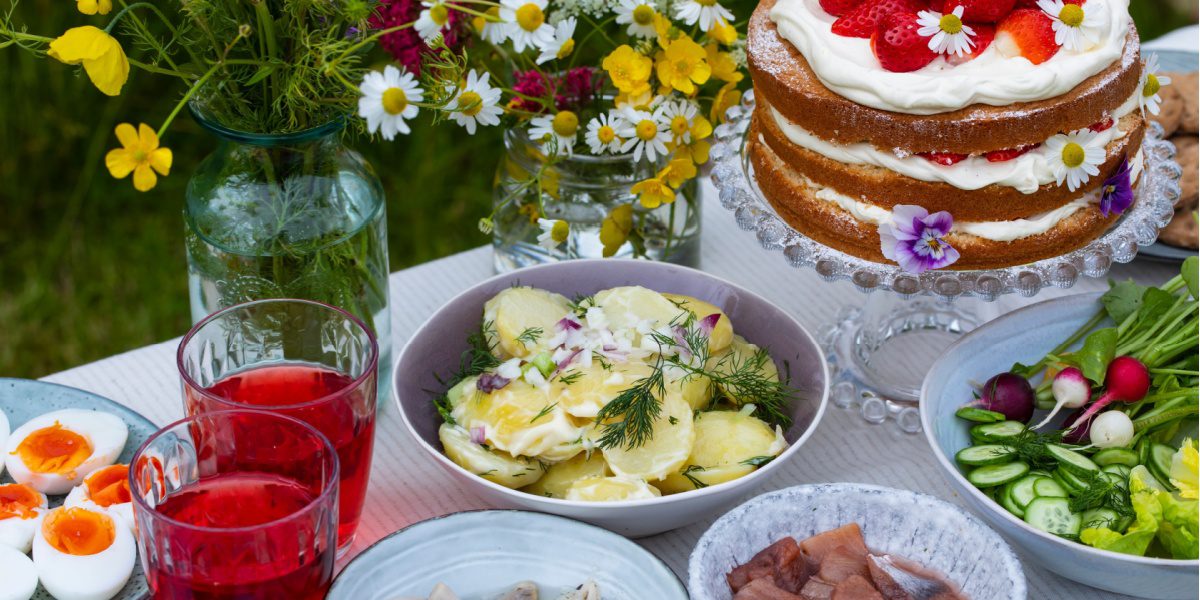The southern French city of Marseille is just a short flight from the UK and its airport shuttle bus service takes only 30 minutes to transport you to the heart of the action. While it’s mainly associated with football and fair weather, you’ll also find fascinating history, delicious food, and local artisans around every corner. It might be a little rougher and readier than some of the country’s other popular destinations, however we think this only adds to its charm.
EAT
View this post on Instagram
You might assume that this port city would offer fresh, local seafood dishes in every eatery and while bouillabaisse (fish soup) is common in restaurants, Marseille’s fast food dish of choice is, in fact, pizza. Anchovies feature heavily on most menus, so you can get the salty taste of the nearby ocean that you might be craving. You can’t really go wrong with a slice from Chez Sauveur or Chez Etienne.
For picnic ingredients, head to the market at Noailles where you can pick up fruit, olives, flatbreads and baguettes; or for a bite on the go, find the corner of Grand Ru and Rue Bonneterie where there sits a very Instagrammable kiosk called Chez Fanny. The menu changes most days (depending what Fanny chooses to cook), so visit with an open mind and an empty stomach.
DRINK
View this post on Instagram
Champagne taste on a prosecco budget doesn’t mean you have to settle for average plonk in France. Pastis is a popular aperitif in the south, particularly during the summer months: the herby, aniseed-flavoured spirit transforms from a translucent, sunshine-hued liquid to a sweet, cloudy elixir when mixed with ice cold water. One of the most famous brands is Pernod Ricard, which is aged in open-air barrels — meaning the liquor is infused with the riviera air, giving it a slightly salty tang.
The best part is, you can pick up a glass of pastis in local bars for little more than a couple of euros each!
SWIM
View this post on Instagram
If you’re scrimping on accommodation and have forfeited a pool, then not to worry — Marseille is located on one of the most famous coastlines in the world. While the city beaches aren’t the most picturesque, they have sun, sea and sand; plus, in larger shoreside areas such as Prado Seaside Park you’ll find volleyball courts, football pitches, facilities and rest areas.
If you’re prepared to venture beyond the main drag, then take a trip to the Calanques National Park, where you’ll find an ethereal scattering of pools and inlets surrounded by limestone cliffs. You can hike through the area, or simply sunbathe on one of the secluded beaches before going for a dip in the azure water. You don’t even need to hire a car to get there, it’s easily accessible via public transport from the city centre.
VISIT
View this post on Instagram
Many of Marseille’s major sights, such as the Cathedrale La Major and the Basilique Notre-Dame de la Garde, are free to enter — although the latter entails quite the climb, unless you hop on one of the tourist trains that depart from the Old Port. The view from the top is absolutely worth it, though.
Fort Saint Jean is a feat of architecture that stretches along the entrance to Vieux Port. Louis XIV built the castle after the city’s own inhabitants rebelled against royal leadership — note the cannons point towards the city, rather than away from it. A modern footbridge now connects it to the recently-opened museum, Mucem, and it’s all free to wander around — the fort’s grounds and the roof of the Mucem are popular spots to sunbathe — however you will have to pay to see any exhibitions. Similarly, the museum at Château Borély charges a small fee, but its pristine gardens are free to relax and picnic in.
BROWSE
View this post on Instagram
Like most bustling cities, Marseille enjoys a good market. The most well-known is probably the fish market at Vieux Port, which takes place on the seafront every morning. In fact, this area as a whole is a must-visit — stroll around the harbour and admire the gently bobbing fishing boats and grand architecture, then perhaps treat yourself to a ride on the Ferris wheel!
Each Wednesday, a farmer’s market trades in trendy Cours Julien. This part of Marseille is exceptionally vibrant, literally — the walls are bursting with street art! Look out for flea markets and secondhand book markets around here, too.
Finally, an afternoon spent wandering around the oldest part of Marseille, Le Panier, will feel abundantly rich. Translating to ‘basket’, the streets in the 2nd arrondissement are high and narrow, with steep steps and hills. The best way to explore is to wander aimlessly past the brightly-painted houses (usually strung with washing), and pop into the artisan workshops to watch local craftsmen at work — meanwhile, you’ll hopefully find some hidden squares and romantic spots.





